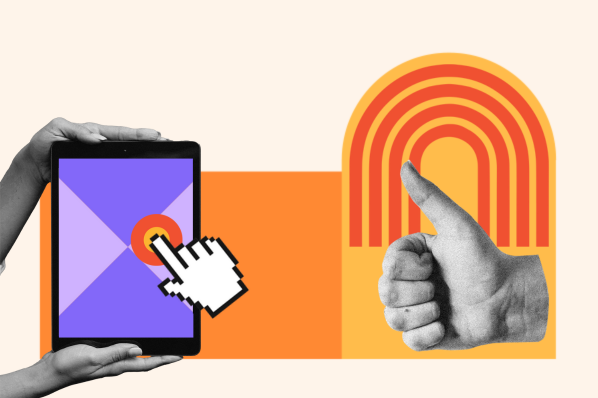Have you ever seen a product and said, “What a brilliant idea. I’m just as smart as that person, why didn’t I think of that?”
Only to realize that when you actually get the product, it’s cheaply made and barely does what it’s advertised to do. This is an example of good product design but poor UX design.
In contrast, have you ever seen a product where you scratch your head and wonder, “Who thought of that, and how did they every get approved to make it?” (I’m looking at you, onion goggles.)
But, when you order them as a gag, turns out they’re now your go-to gadget or device. That’s an example of poor product design but great UX design.
If you’re a software designer, web developer, or digital marketer, you may be considering a career in product or UX design. They’re both fairly similar, but each has distinct characteristics and role responsibilities that make it unique from the other.
In this post, we break down the similarities and differences between product design and UX design, then list some key job responsibilities and requirements associated with each role.
Download Our Free UX Research & Testing Kit
Product Design vs UX Design
The main difference between product design and UX design is the intent behind each design process. Product design is focused on the overall connection between the customer and the product. It addresses questions like:
- How can we make this product cost-effective?
- Does this product align with the business’s short- and long-term goals?
- What will this product look like in two years?
UX design is centered around the user’s needs and experience. UX designers ask questions like:
- Do customers like using this product?
- How does this product/feature benefit our users?
- How can we make this product more user-friendly?
While product design is geared more towards the connection between the product, the user, and the business, UX design narrows its lens to focus primarily on usability and customer experience while engaging with the product.
Let’s explore more differences between these design processes in the section below.
Differences Between Product Design & UX Design
Product designers and UX designers often manage similar responsibilities. However, both are executing their functions with different motivations in mind.
Product designers are thinking about where a product fits in the customer journey. They’re considering details like the economy, your business’s industry, competitor products, and stakeholder needs. It’s their job to make sure the product not only works but is interesting and enticing to its target audience.
On top of that, they need to make sure the product is not only successful upon its release but continues to be relevant over time. Unlike UX designers who typically bounce from project to project, product designers never stop working on a product and will often update it to improve its design. That’s why product designers need to think about the long-term needs of the business, so they can ensure their products will continue to be effective as the business grows and develops.
UX designers are thinking a little differently. Unlike a product designer who is concerned with the business, the design process, and overall costs, the UX designer is focused solely on usability and how people will experience the product. UX designers pay close attention to customer satisfaction as their goal is to build a product that fulfills their users’ needs.
As a result, UX designers typically do more work on a product before its released. After that, they might revisit a product for a potential redesign, but they’re moving on to the next project in their workflow in most cases.
The graphic below outlines the difference between where UX and product designers spend the majority of their time working on a product’s design.

Similarities Between Product Design & UX Design
The strongest similarity between these two roles is that they both undergo the design thinking process. Both identify problems with products and both seek customer-centric solutions.
We can see how this design process works via the diagram below.

Additionally, both roles must conduct some market research to be successful. Regardless of whether you’re a product designer or a UX designer, you need to understand your users’ needs if you want to create an effective product.
Product designers also work with a lot of the same tools that UX designers use. For instance, it’s common for both roles to use wireframing tools like Adobe and Sketch to create websites or apps. They may also share user mapping software like Lucid Chart and Featmap. If you’re pursuing a career in either of these fields, you may want to become familiar with this software.
Not sure what you’re more interested in? Read on to learn more about the differences between a product designer and a UX designer.
What is the difference between a product designer and a UX designer?
Product designers typically take on a generalist role in the design process. They have a wide skillset and a workflow similar to that of a full-stack designer. In comparison, UX designers focus solely on user satisfaction. Their goal is to create a product that’s easy to use and meets all of the user’s needs.
This is a high-level way to summarize the differences between these two roles. For an in-depth analysis, read on through the sections below.
Product Designer Job Requirements
For most product designer roles, you’ll need to meet the following job requisites:
- A degree in engineering, software design, manufacturing, or another related field
- Relevant experience with product design
- Experience with different types of modeling and design software
- An eye for creative design and color palettes
- Ability to communicate effectively with stakeholders as well as strong time management skills
UX Designer Job Requirements
Companies looking to hire a UX designer will likely look for the following qualifications in an ideal candidate:
- A degree in visual design, computer science, or another related field
- Relevant experience with UX design and/or usability testing
- Proficient with various design tools like Sketch and Illustrator
- Ability to create storyboards and map a website
- Ability to communicate and collaborate with clients and stakeholders
Product Designer Job Responsibilities
Product designers usually perform the following tasks:
- Consider the customer’s needs and identify opportunities to pitch product ideas or new features for existing products.
- Model and create new products and features using various design software.
- Manage the design team and communicate goals, needs, and deadlines to appropriate stakeholders.
- Monitor the product after its initial release and update it as needed to ensure a positive ROI.
- Gather feedback from users and apply changes to products where necessary.
UX Designer Job Responsibilities
UX designers are typically responsible for the following functions:
- Test current products and prototypes and provide feedback on ease of use and user experience.
- Use storyboards to communicate potential designs as well as other ideas to improve product usability.
- Survey customers and review feedback related to user experience. Relay feedback as needed to appropriate stakeholders.
- Gather and review quantitative such product usage reports and Net Promoter Scores
- Create prototypes for new products, features, or websites
Product Designer Job Description Example
Below is an example of what a typical job description for a product designer would look like.
UX Designer Job Description Example
Now here’s an example of what a typical job description for a UX designer would look like.

Product Designer Salary
According to Glassdoor, the average salary for a product designer in the United States is $104,000. Out of the 4,000 product designers surveyed, the highest salary was $171,000 while the lowest was $64,000.
Note: The image below is based on data provided by Glassdoor, Indeed, and PayScale.

UX Designer Salary
According to Glassdoor, the average salary for a UX designer in the United States is $103,000. Out of the 371 UX designers surveyed, the highest salary was $140,000 while the lowest was $75,000.
Note: The image below is based on data provided by Glassdoor, Indeed, and PayScale.
.webp?width=624&height=440&name=Product%20Design%20vs%20UX%20Design-1%20(1).webp)
Product Design or UX Design: Which role is right for you?
If you’re deciding between a career in product design and UX design, the good news is that these roles are fundamentally similar. They’re both involved in the product design process. Both jobs require creative problem-solving. And they both demand in-depth knowledge of product design tools and methodologies.
But, if you’re not sure which path is right for you, use the information above to learn about the differences between each role. Pick one that best suits your strengths and see if it's the right career for you. If not, both roles share enough similarities that you can always circle back and try the other if the first one doesn’t feel like a good fit.
User Experience
.png?width=112&height=112&name=Image%20Hackathon%20%E2%80%93%20Square%20(10).png)
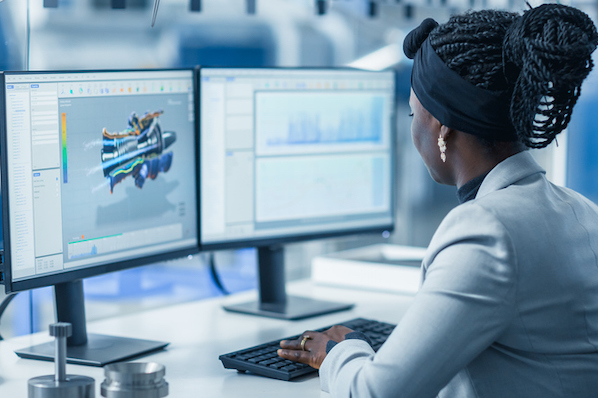

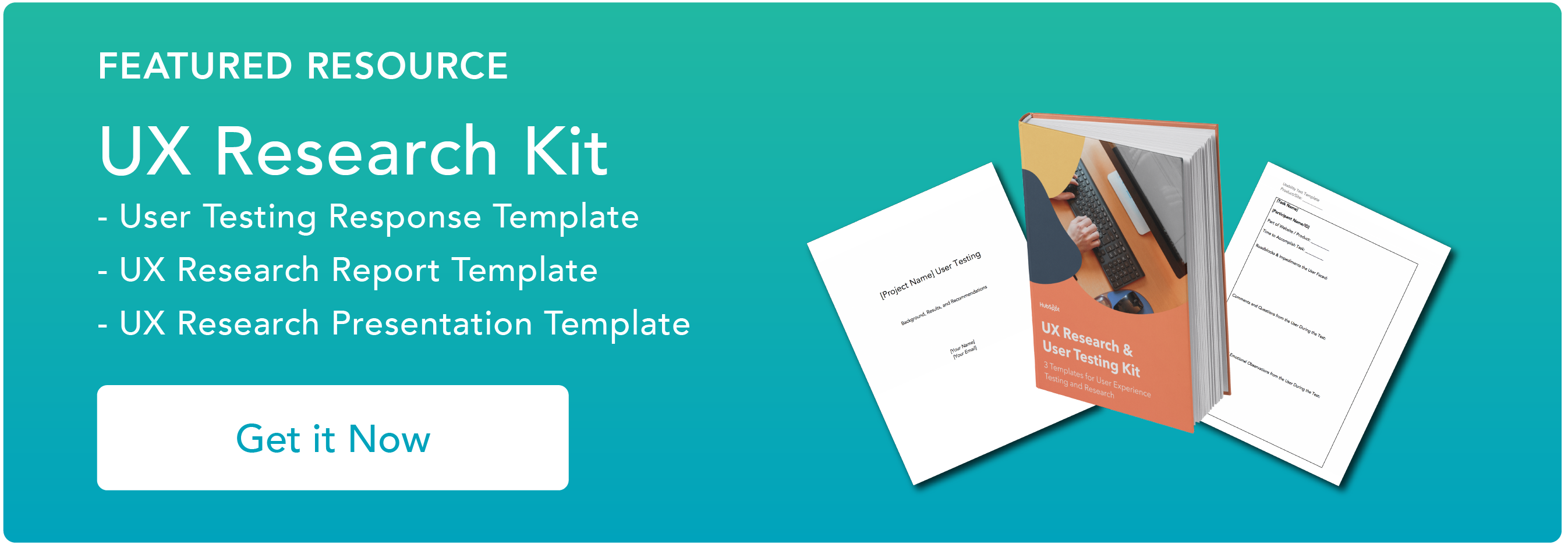
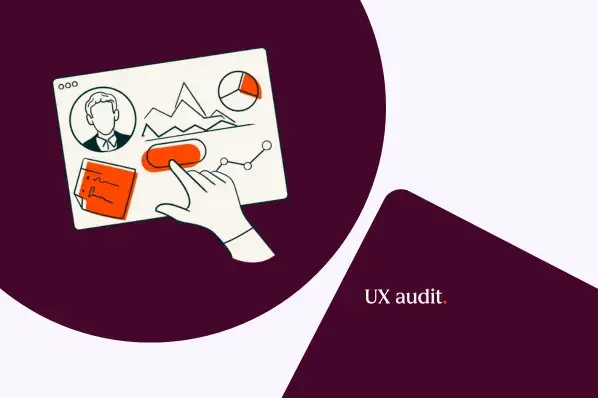
![How to become a UX designer, a step-by-step guide [expert tips]](https://53.fs1.hubspotusercontent-na1.net/hubfs/53/become-a-ux-designer-1-20240731-321437.webp)
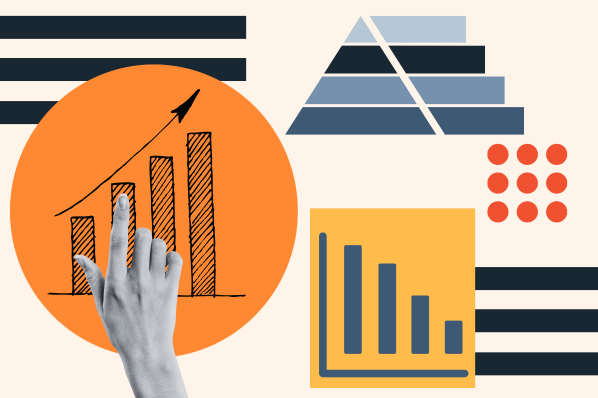

![How to Add a Parallax Scrolling Effect to Your Website [Examples]](https://53.fs1.hubspotusercontent-na1.net/hubfs/53/scroll-Aug-11-2023-05-24-08-8793-PM.png)
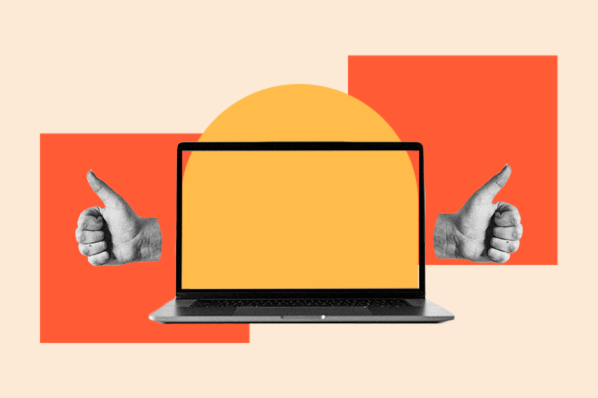
![20 UX Design Examples Hand-Picked by Experts [With Analysis]](https://53.fs1.hubspotusercontent-na1.net/hubfs/53/ux-design-examples-1-20250404-8425368.webp)
